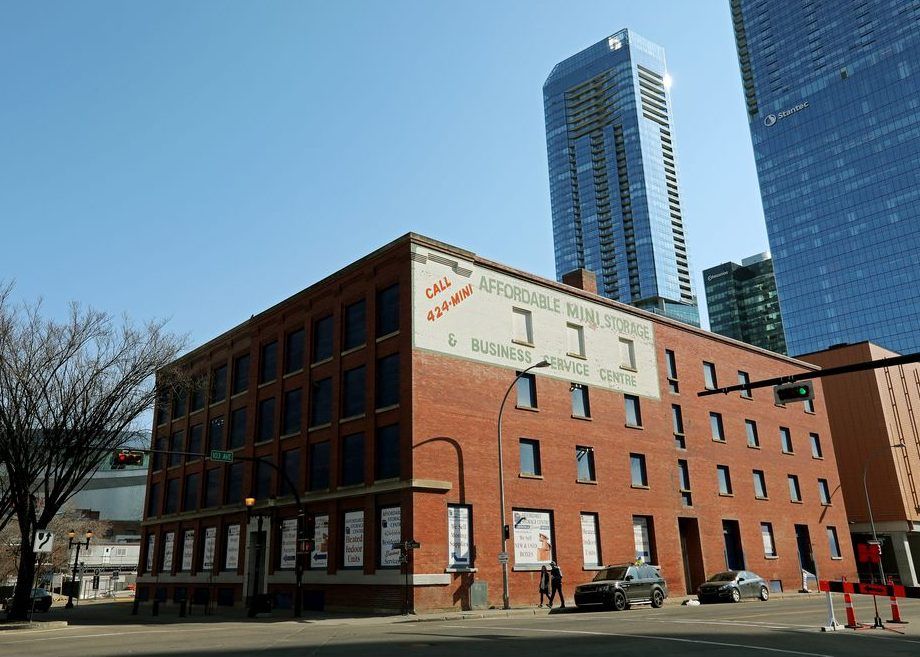IanO
Superstar
I wonder how attractive this would be for Mr. Katz/ONE given its location and desire for control in the area?
Perhaps behind the scenes that was the plan and without Katz having to life a finger...I wonder how attractive this would be for Mr. Katz/ONE given its location and desire for control in the area?
It's an intriguing theory and actually makes a lot of sense to me. There is potential controversy and risk here at the initial stages that perhaps Katz did not want to get bogged down with.Perhaps behind the scenes that was the plan and without Katz having to life a finger...
Thank you for pointing out my spelling error.^^^^ My finger has "life" too -- you should see it in action!

What an unfortunate attitude. If Rome or Boston or London had that attitude those cities would've turned over their historic stock 10 times by now.Sometimes old buildings just need to be demolished. Of course a historic board believes too many buildings are not being saved, as that's always their only opinion.
If developers want to save buildings or facades I guess that's fine, although demolition is a lot more exciting as something completely new can take its place. I feel the views of the historical elites are overrepresented significantly within the conversation, especially when public funds are being used.
That is the entire rub though, ain't it?What an unfortunate attitude. If Rome or Boston or London had that attitude those cities would've turned over their historic stock 10 times by now.
Your argument is flawed because more often than not in Edmonton nothing a lot more exciting replaces these historic buildings. Look no further than all the gravel parking lots downtown. At one point quite a few of those lots had an old warehouse or apartment building on them and none of those have been replaced with anything remotely exciting. And no, I am not talking about tearing down Staples so the JW could replace it.
But I must just be a historical elite so you must represent the gravel parking lot elite then
Sometimes old buildings just need to be demolished. Of course a historic board believes too many buildings are not being saved, as that's always their only opinion.
If developers want to save buildings or facades I guess that's fine, although demolition is a lot more exciting as something completely new can take its place. I feel the views of the historical elites are overrepresented significantly within the conversation, especially when public funds are being used.
Agreed on all points, but this is a particularly salient one."I am very disappointed to read... that for the first time, more historic buildings are being demolished than added to the city's historic property inventory.
As to your point, prior to 1950 basically everything between 96th Street to 105th Street, from 103rd Avenue to 99th Avenue, was of dense brick construction with an average height of around two to three stories. The outlying areas east, west, north, and south were largely industrial or residential, although Jasper Avenue itself was pretty well developed from 96th to 109th with the odd exception.I don't know if it is a fair comparison to London, Rome or Boston where many of those were always dense to begin with. With that said, I will admit that I don't know the percentage of downtown parking lot land that once had buildings on it. Perhaps @_Citizen_Dane_ knows the answer.